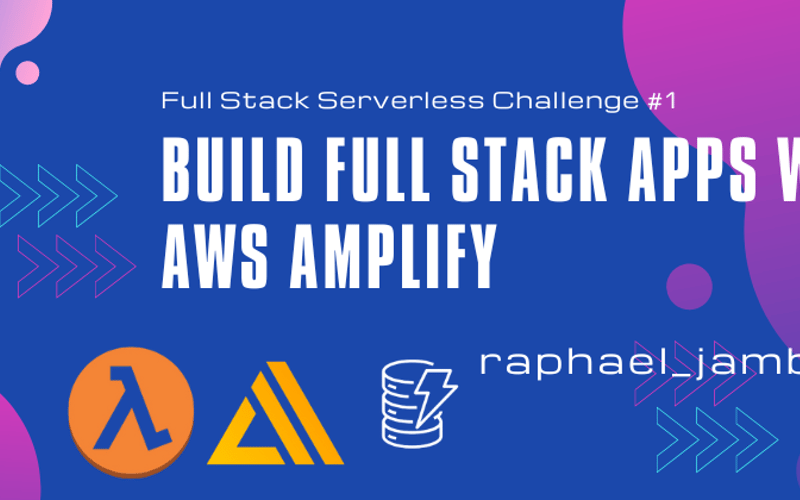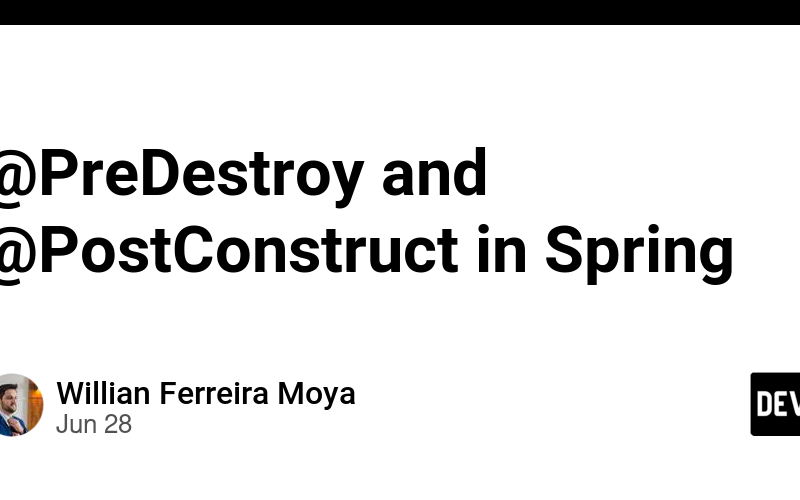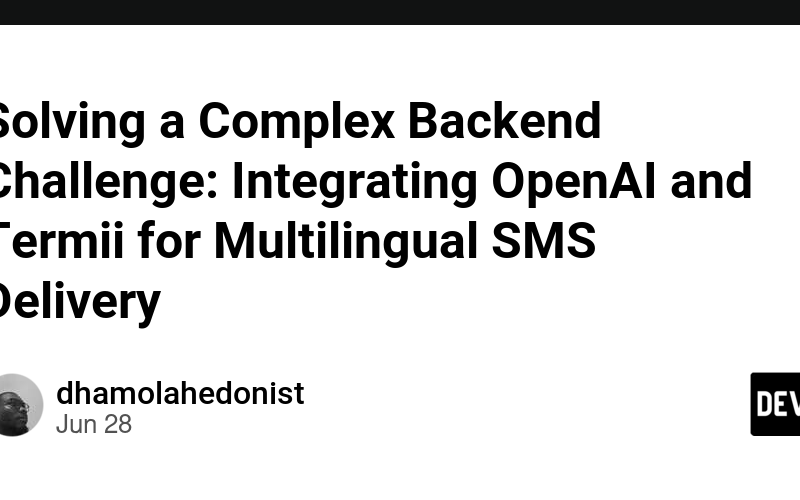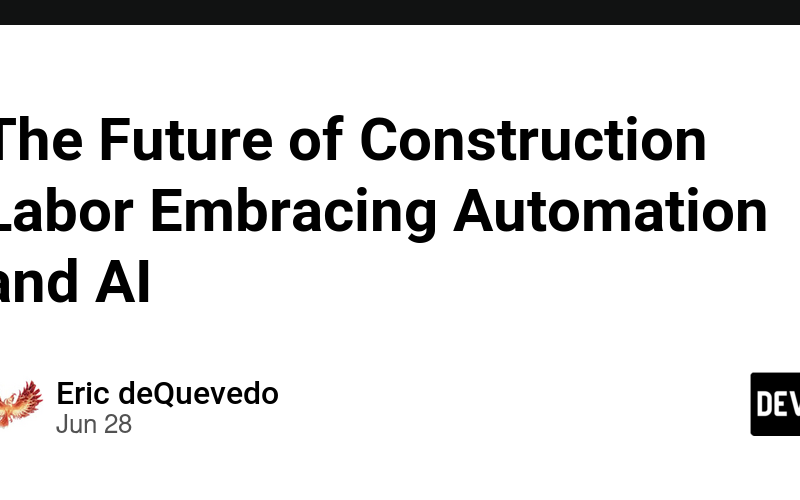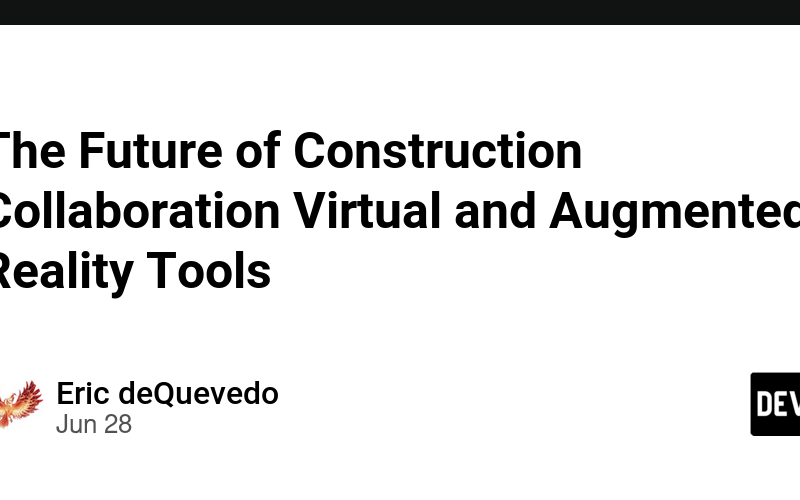29
Jun
In this challenge, we'll be learning more about Amplify Gen 2. It is an AWS service that allows front-end developers to deploy full-stack applications. It has a code library that attaches itself to supported frontend frameworks like VueJS, ReactJS, Flutter, React Native, etc. Once attached to the framework, developers can easily create serverless backends, protect them with user authentication, and add file uploads and downloads. We start by following the basic getting started guide. From there, we'll get our hands dirty with the core functionalities of Amplify Gen 2. This is not a walkthrough post. It forces you to explore…

